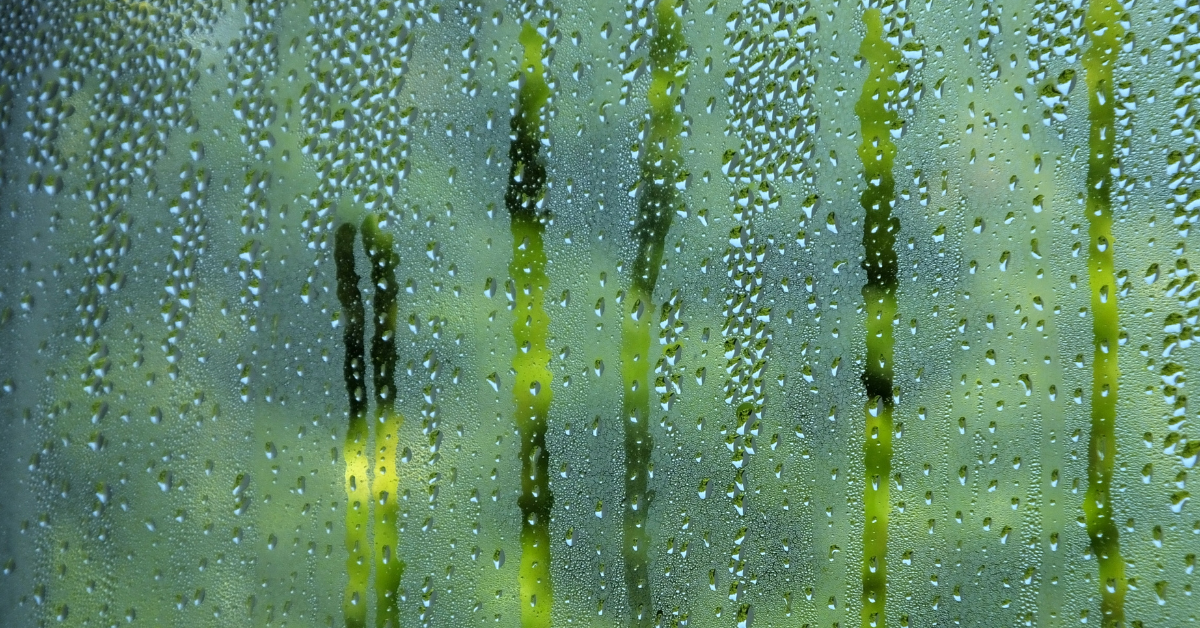
Understanding Condensation
Condensation occurs when warm, moisture-laden air comes into contact with a cold surface, causing the water vapor to transform into liquid form. This process is commonly observed on windows, mirrors, and other cold surfaces within your home. While it may seem like a minor inconvenience, condensation can have detrimental effects on your property if left untreated.
The Effects of Condensation
Mold and Mildew Growth
Excessive moisture resulting from condensation provides the perfect breeding ground for mold and mildew. These fungal organisms can quickly spread throughout your home, not only causing unsightly stains but also triggering various health issues such as allergies, respiratory problems, and asthma.
Structural Damage
Over time, persistent condensation can lead to structural damage in your home. When water droplets continuously accumulate on surfaces like walls, ceilings, and wooden frames, it can weaken the materials and compromise their integrity. This can result in costly repairs and renovations down the line.
Deterioration of Belongings
Moisture from condensation can seep into fabrics, furniture, and other belongings, causing irreversible damage. Upholstery may develop stains or mold growth, wooden furniture may warp or rot, and valuable items such as books or artwork may be irreparably ruined. Protecting your possessions from the harmful effects of condensation is essential to maintaining their longevity.
Causes of Condensation
Inadequate Ventilation
Insufficient ventilation is one of the primary causes of condensation within homes. When the air indoors is not adequately circulated, moisture becomes trapped, leading to high humidity levels and an increased likelihood of condensation. This issue is particularly prevalent in areas such as bathrooms, kitchens, and basements.
Temperature Differences
Temperature differentials between the indoor and outdoor environments can contribute to condensation. If your home has insufficient insulation or if there are cold spots near windows or poorly insulated walls, the warm indoor air will come into contact with these cooler surfaces, resulting in condensation.
Lifestyle Factors
Certain daily activities can significantly contribute to condensation levels in your home. Cooking, showering, drying clothes indoors, and even breathing release moisture into the air. Without proper ventilation, this excess moisture accumulates and contributes to the formation of condensation.
Preventing and Managing Condensation
Improve Ventilation
Enhancing the ventilation in your home is key to combating condensation. Consider installing extractor fans in bathrooms and kitchens, as well as utilizing dehumidifiers in areas prone to high moisture levels. Opening windows regularly to allow fresh air circulation can also make a significant difference.
Insulate Your Home
Addressing temperature differentials through proper insulation is crucial. Ensure that your windows and doors are properly sealed, and consider adding insulation to walls, roofs, and floors. By minimizing cold spots and maintaining consistent indoor temperatures, you can reduce the likelihood of condensation.
Control Moisture Sources
Being mindful of moisture-generating activities can help prevent condensation issues. Utilize lids while cooking, dry clothes outdoors when possible, and ensure that your dryer is properly vented. Additionally, covering pans while boiling water and utilizing extractor fans during showers can effectively minimize excess moisture in the air.
Conclusion
Condensation can be a persistent problem in homes, causing a range of issues from mold growth to structural damage and the deterioration of belongings. By understanding the causes and effects of condensation, as well as implementing preventive measures, you can create a healthier and more comfortable living environment. Remember to improve ventilation, insulate your home, and control moisture sources to minimize condensation-related problems. At Steele Services, we are committed to helping you maintain a moisture-free home and ensuring your well-being.